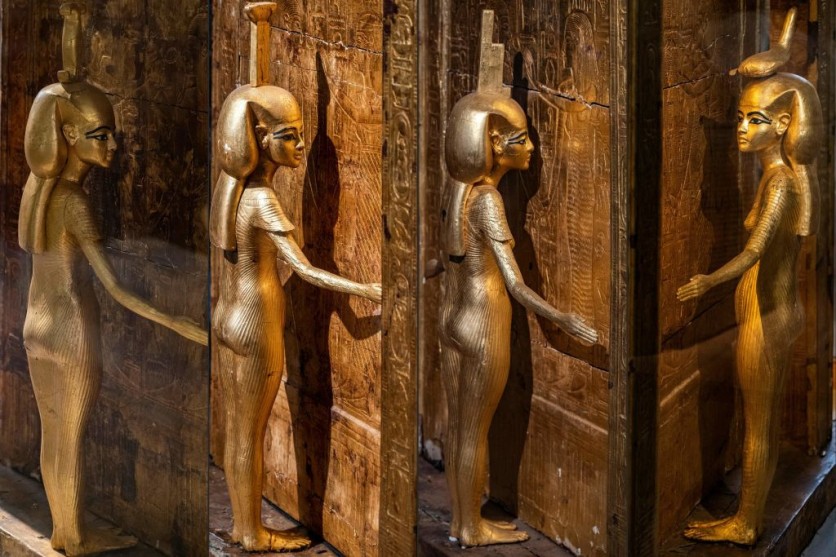A group of Spanish archaeologists has unearthed 60 mummies in two tombs located in the ancient Egyptian city of Luxor, as reported first Art News and Efe.
The recently found rooms are connected to Amenhotep-Huy's tomb, which has a chapel with 30 columns. He was a vizier or high-ranking figure in the 18th Dynasty under the reign of Pharaoh Amenhotep III, who governed from 1390 to 1352 BCE.

The Vizier's Tomb
Francisco J. Martin, the chief of the Vizier Amenhotep-Huy Project, said that the site is abundant with historical objects. He noted that tombs from various dynasties were built in the vizier's grave since the site was sacred.
The tombs were dated following Vizier Amenhotep-Huy's tomb in the 18th dynasty, according to Martin, who is in charge of a group of 22 Spanish Egyptologists and eight Egyptian experts.
Amenhotep-Huy resisted Akhenaten's attempts to end Egypt's polytheism and replace it with a single deity, Aten. It is worth noting that Akhenaten was Amenhotep III's son and heir.
Aten, who depicts the sun's disc and was initially an element of the old sun deity Ra, came to be the center of a contentious new belief system known as Atenism and eventually the "Amarna heresy", according to Art News.
Amenhotep Huy, who served as the head of the opposition to this contentious new religion, was revered as a martyr and retained considerable power after his passing.
Martin said that Amenhotep-Huy was an important person, which gives his tomb great historical significance.
Senior clergy members of Amun of Thebes who thought his tomb to be a place of distinction were represented by the mummies discovered in the rooms next to his resting place, according to Teresa Bedman, the project's co-director.
As a result, a necropolis was built inside the vizier's tomb.
Tombs of Higher Social Classes
According to Bedman, since the corpses were mummified, it is certain that they belonged to higher social classes.
The Vizier Amenhotep Huy Project has found about 200 full mummies over the past 14 years. The Luxor Museum's exhibition, "Treasures of Minister Amenhotep Huy" features artifacts from the excavations.
In September, excavations are expected to start up again, and the team will keep working to reconstruct the tomb's columns. Fourteen have already undergone reconstruction, and six more are expected to be finished in the upcoming year.
Related Article : Archaeologists Find an Extremely Rare 1,300-year-old Gold and Gemstone Necklace From a Medieval Woman in England

ⓒ 2026 TECHTIMES.com All rights reserved. Do not reproduce without permission.




